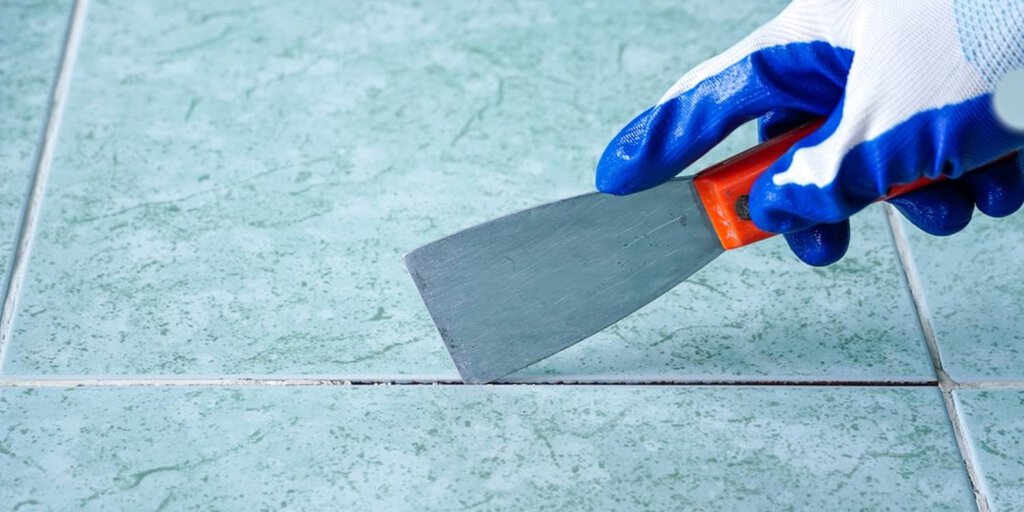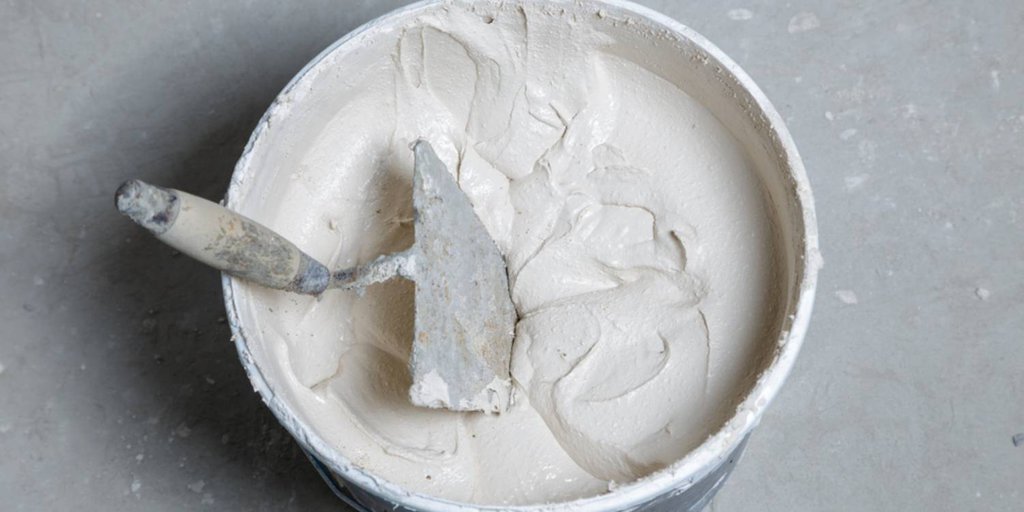
Grouting is the final touch that can make or break tiles. While it may seem straightforward, several common errors can mar the outcome, leaving you with an unsightly finish and potential long-term issues. Understanding and avoiding these grouting mistakes can ensure a beautiful, durable tile job. Here, we explore five of the most common grouting errors and provide tips for achieving a flawless result.
Ensuring Even Grouting
Uneven grouting is a frequent issue that leads to a wavy, unattractive tile surface. This problem arises when grout is applied inconsistently or not thoroughly pressed into the joints.
To avoid this, use a clean, flat tile float and pay close attention to your grout mixing process. An even application will create a smooth and uniform finish that enhances the overall appearance of your tiles.
Selecting the Right Grout
Choosing the appropriate grout type for your tiles is essential for aesthetic and functional reasons. Sanded grout is ideal for larger joints to prevent cracking, while unsanded grout is better for delicate surfaces like glass or polished stone.
Using the wrong type can damage your tiles or lead to unsatisfactory results. Always match the grout type to the specific requirements of your tile and joint size.
Following Mixing Instructions
Proper grout mixing is critical for achieving the right consistency and performance. Adhere strictly to the manufacturer’s mixing instructions, including specified times for mixing and resting periods.

The correct tools, such as a corded drill or dedicated mixer, will also improve results. Properly mixed grout ensures it performs as expected and adheres to your tiles.
Correctly Applying Grout
Proper application techniques are crucial for a neat grout job. Follow the manufacturer’s instructions, applying the grout at a 45-degree angle to avoid dragging it out of the joints.
Rushing through the process or incorrectly applying grout can result in uneven lines and a messy appearance. Take your time to administer the grout carefully and according to the guidelines provided.
Sealing Tiles Right
Grout requires sealing to protect against moisture and stains. Failing to seal grout can lead to water damage and compromise the longevity of your tile installation. After the grout has set, apply a suitable sealant to protect it from environmental factors and stains. This step is essential for maintaining the appearance and durability of the grout over time.

Avoiding these common grouting mistakes will help you achieve professional-looking tiles that stand the test of time. By paying attention to detail, following instructions carefully, and using the right tools and materials, you can ensure a flawless grout job every time. With these tips in mind, your tile project will look great and provide lasting satisfaction.